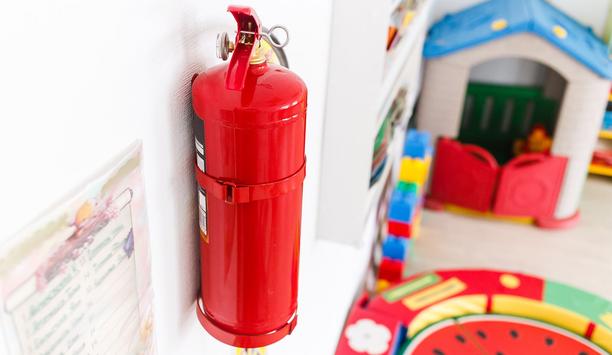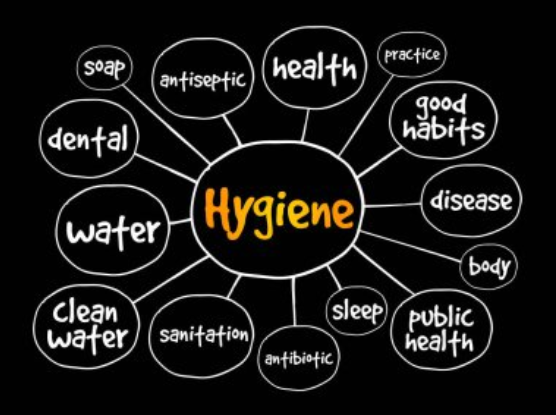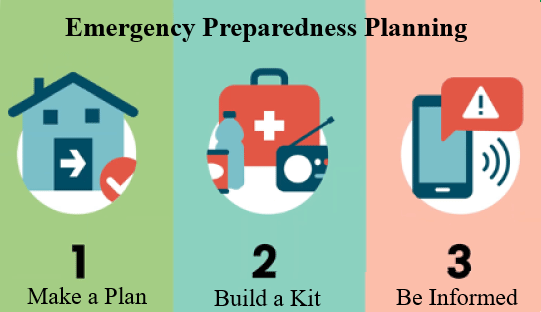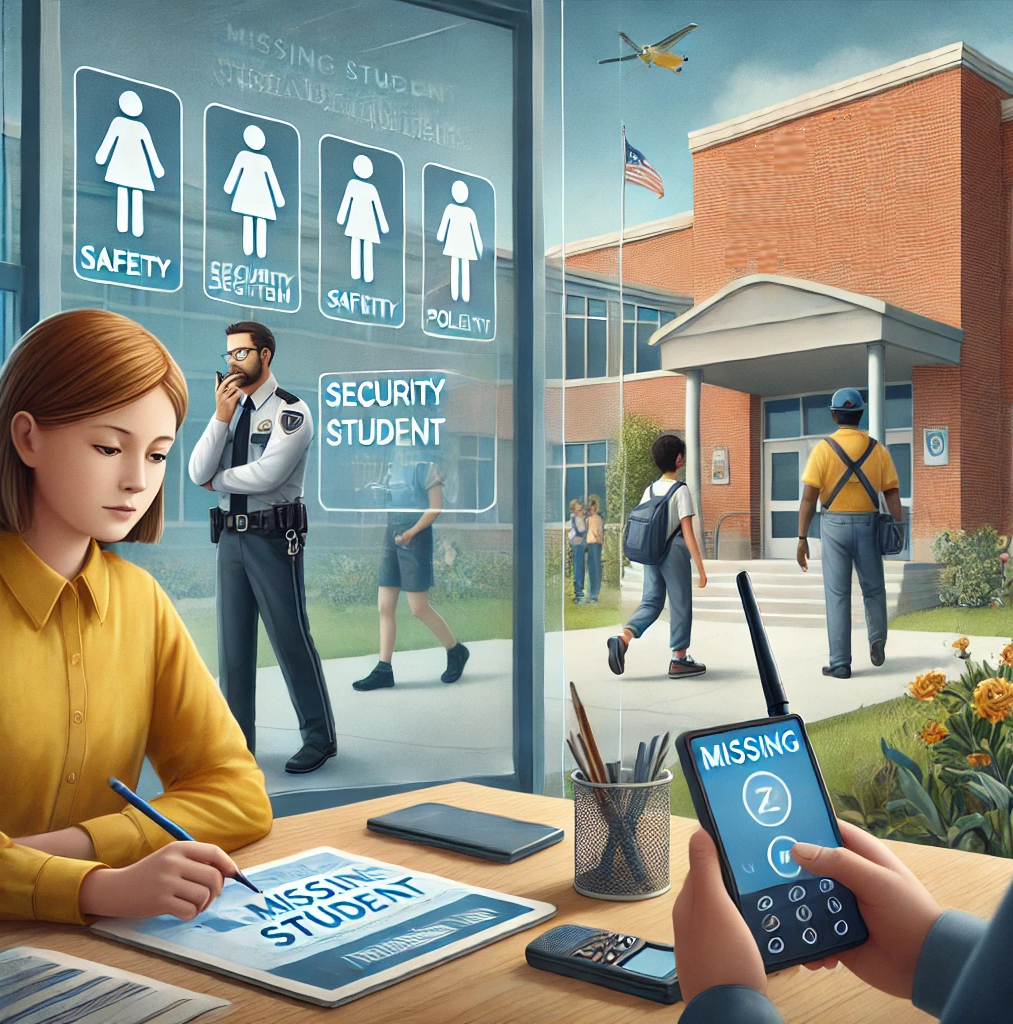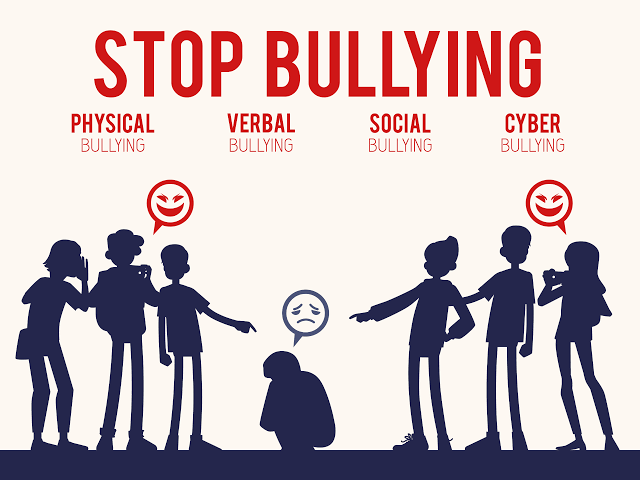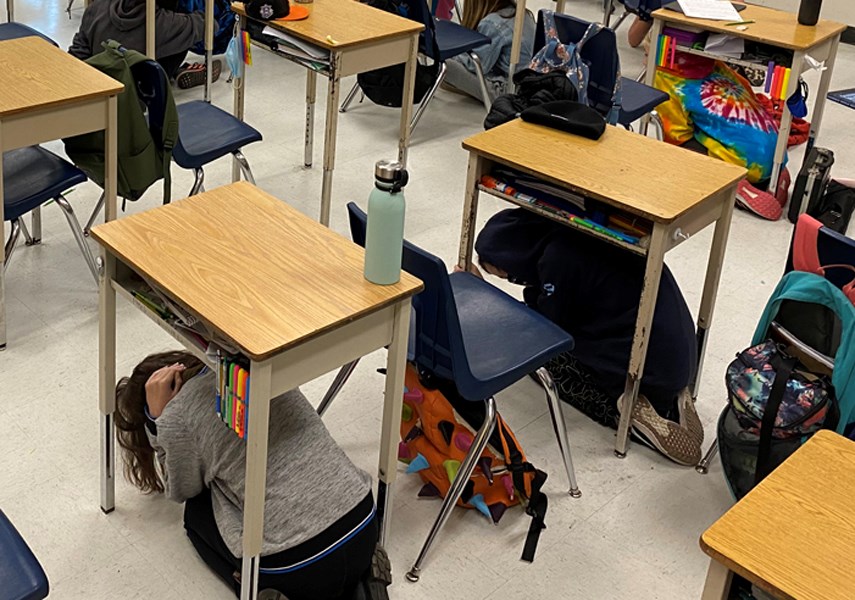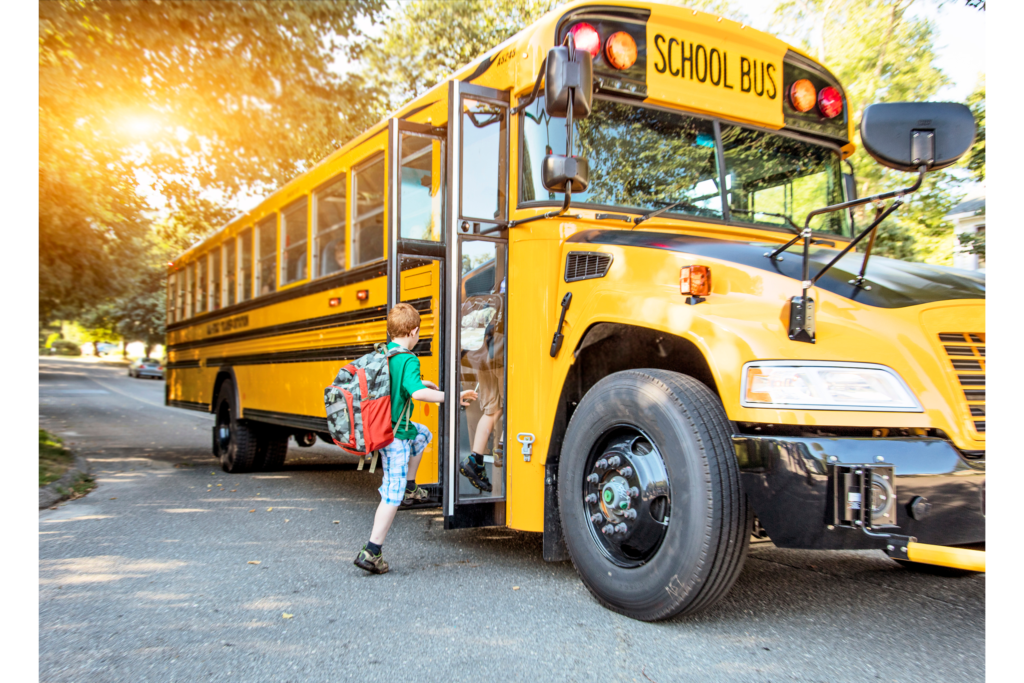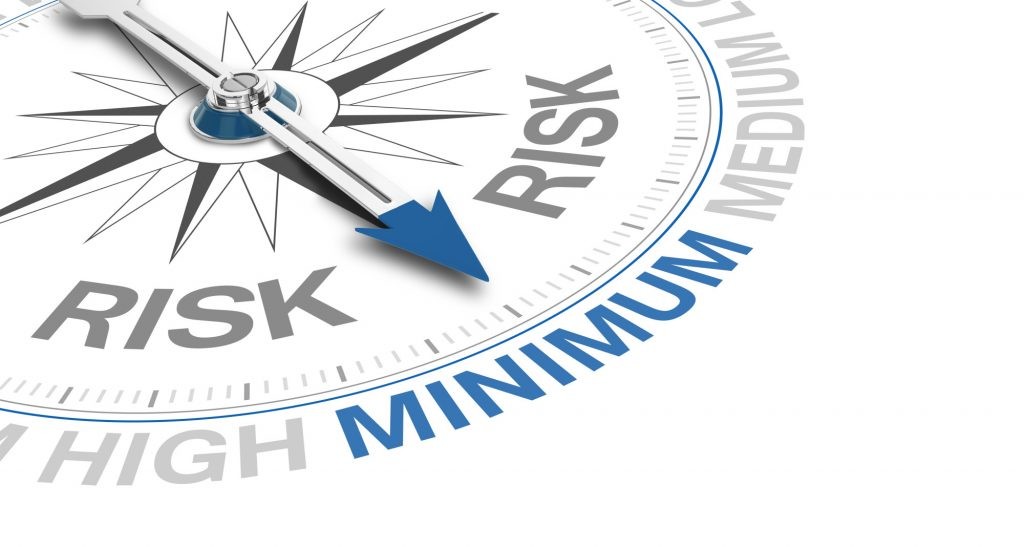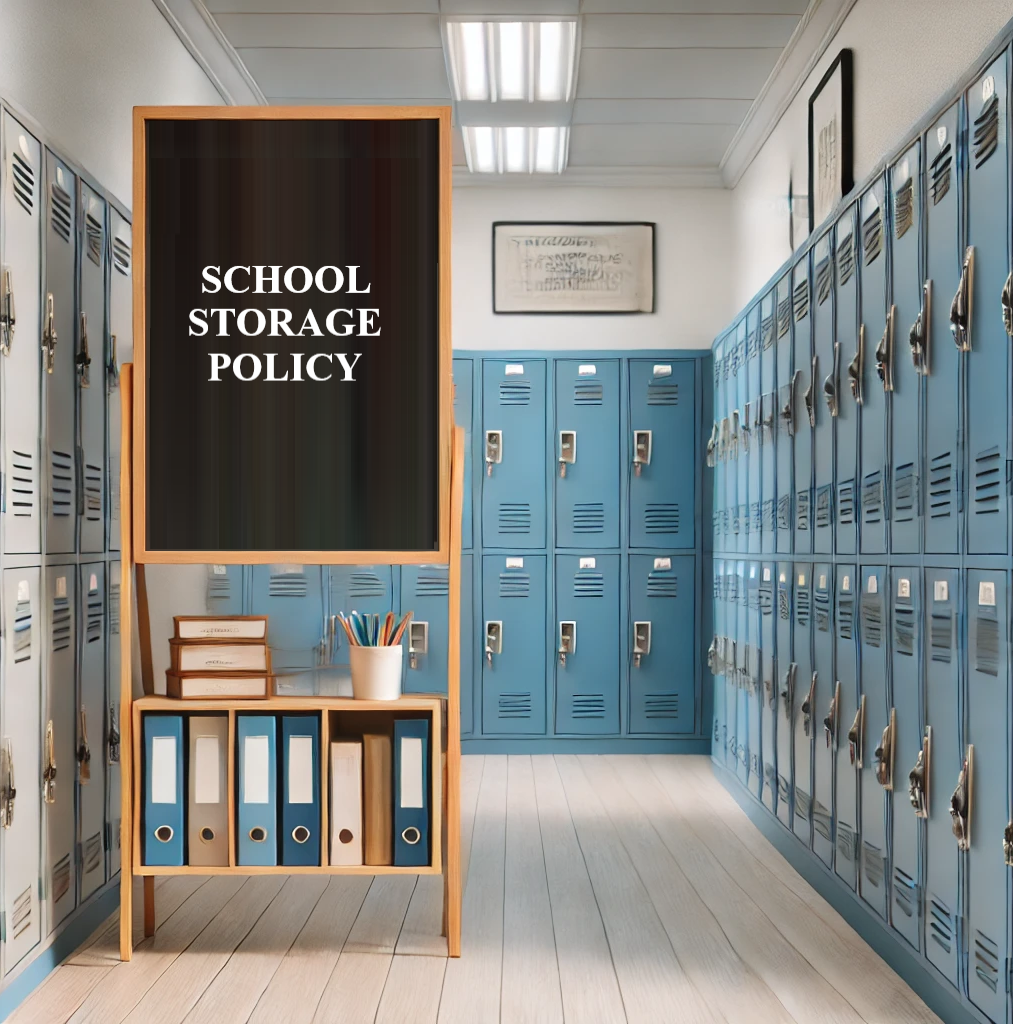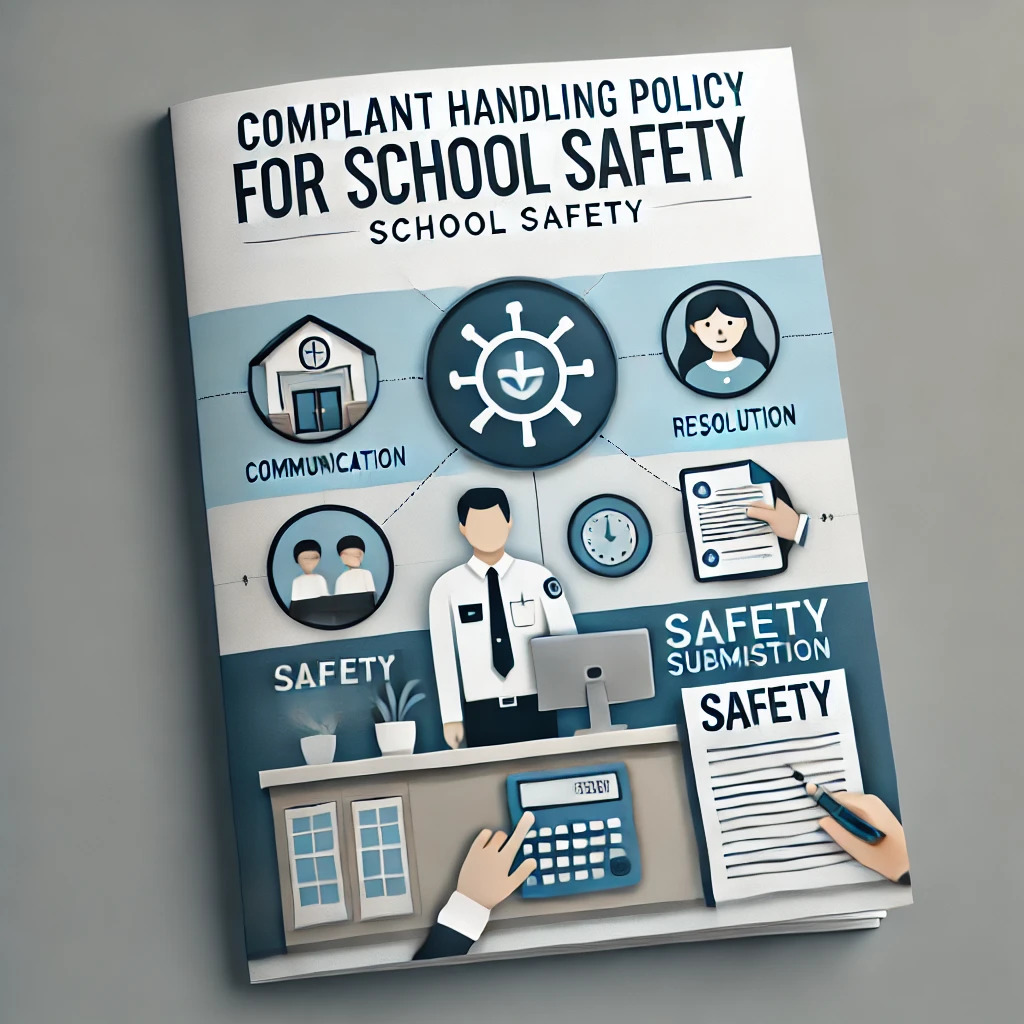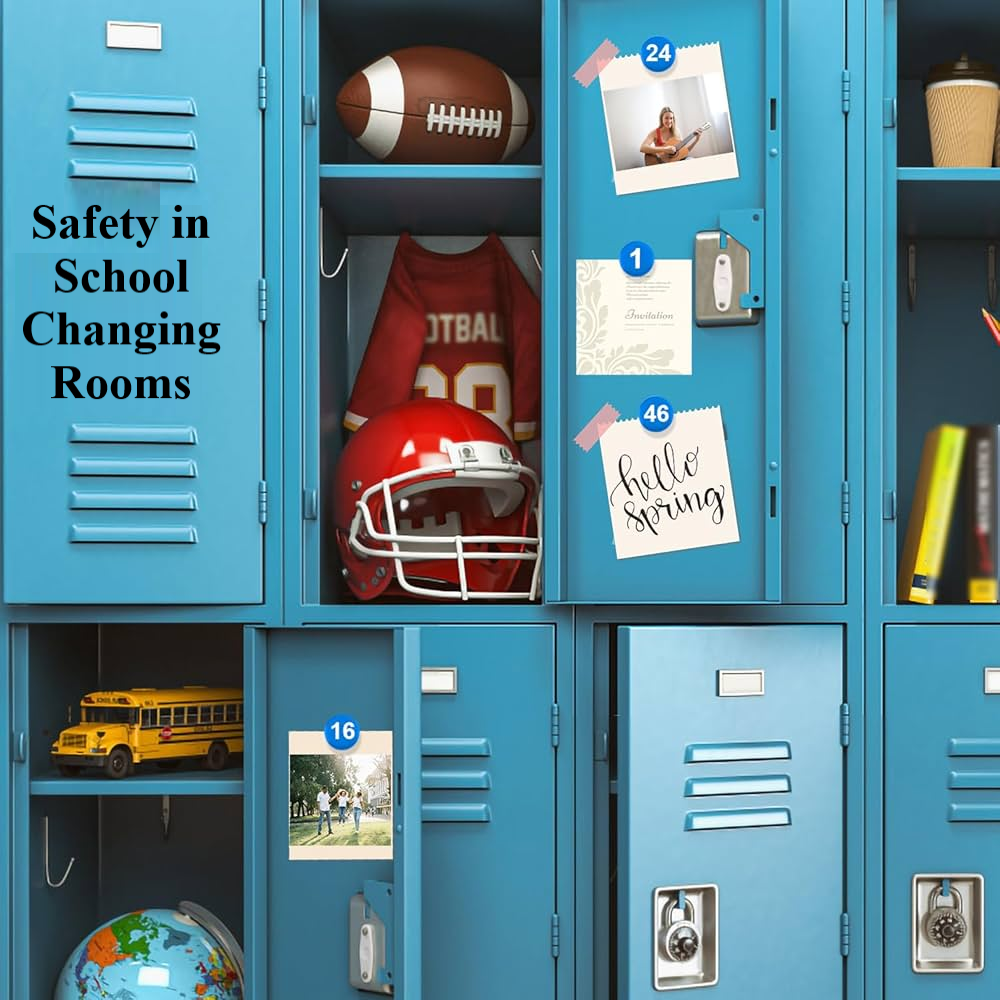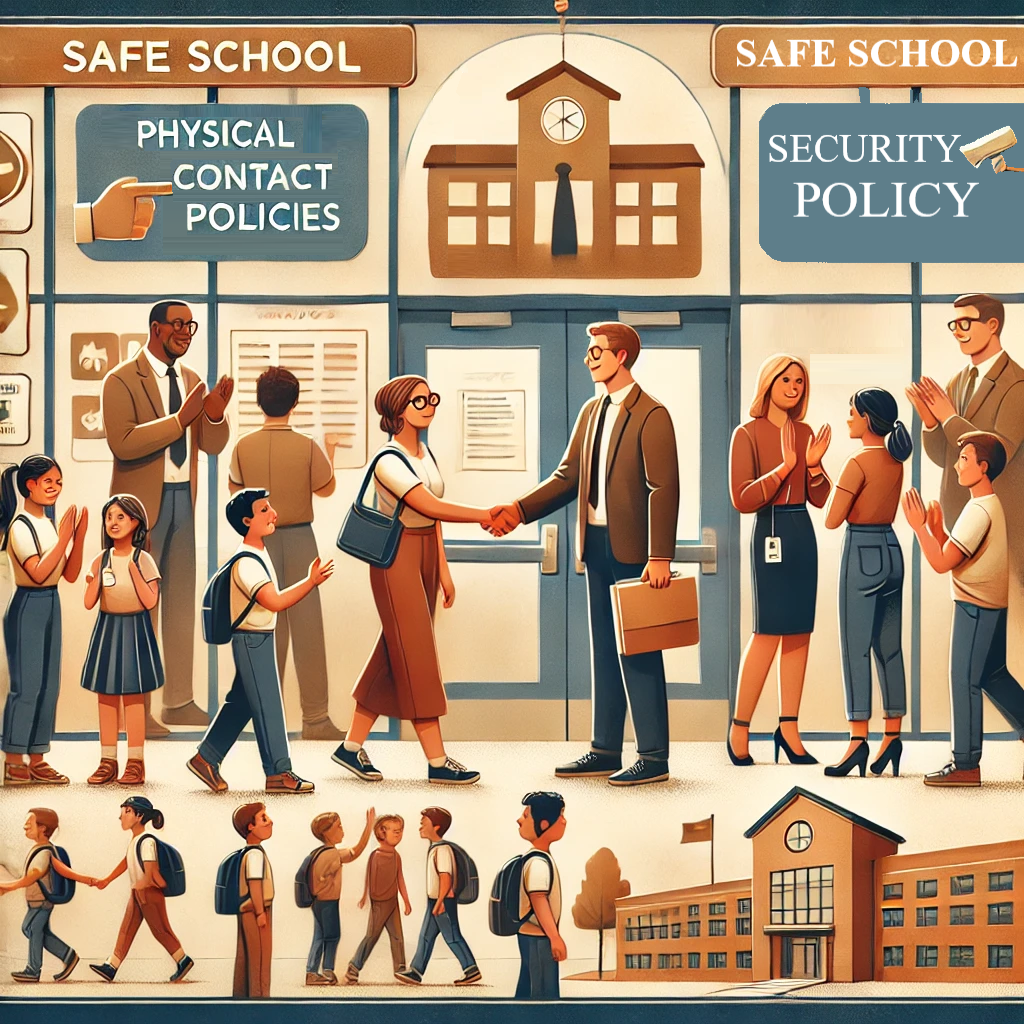The Foundation of Fire Safety in Schools: Prevention and Preparedness
Introduction
Fire safety in schools is a critical issue that requires attention and
proactive measures. Schools house hundreds or even thousands of students and
staff daily, making it vital to prioritize fire prevention and preparedness.
Fires can result in significant harm if adequate precautions are not taken.
Core Measures
·
Fire Drills and Evacuation Plans
Fire drills are the cornerstone of fire preparedness. By conducting regular
drills, schools ensure that students and staff are familiar with evacuation
procedures. These drills simulate emergency scenarios, helping participants
practice locating and using emergency exits. Detailed evacuation plans, with
routes mapped out and displayed in classrooms and hallways, play a crucial role
in guiding safe egress.
·
Equipment Maintenance
Schools must prioritize the maintenance of fire safety equipment. Fire alarms,
sprinklers, extinguishers, and smoke detectors should undergo regular
inspections by certified professionals. Faulty equipment can be the difference
between a minor incident and a major catastrophe. Maintaining an inspection log
ensures compliance with safety regulations and helps identify patterns of
equipment failure.
·
Education and Awareness
Education empowers individuals to act responsibly during a fire. Schools should
conduct training sessions for staff and age-appropriate workshops for students.
Topics may include recognizing fire hazards, operating extinguishers, and
responding calmly during emergencies. Equipping individuals with the knowledge
to act decisively can mitigate panic and enhance safety.
Addressing Specific Hazards
Every school has unique fire risks, such as science laboratories,
kitchens, or storage areas. Identifying these risks and implementing tailored
safety measures is essential. For instance, laboratories should be equipped
with specialized extinguishers for chemical fires, and kitchens should have
accessible fire blankets.
